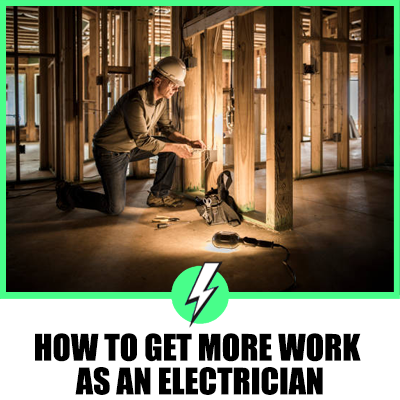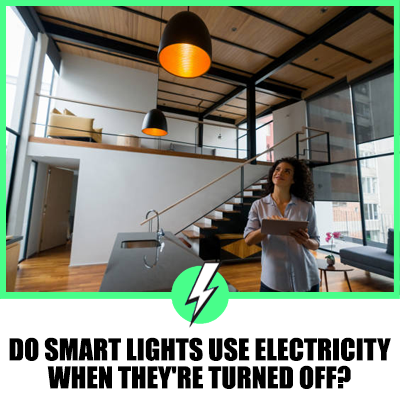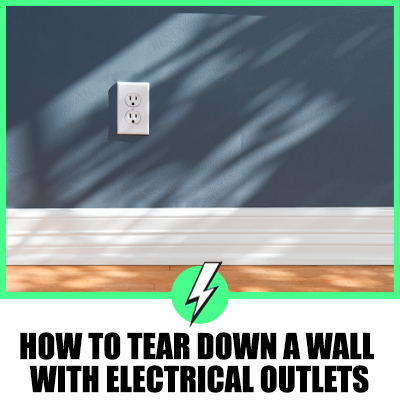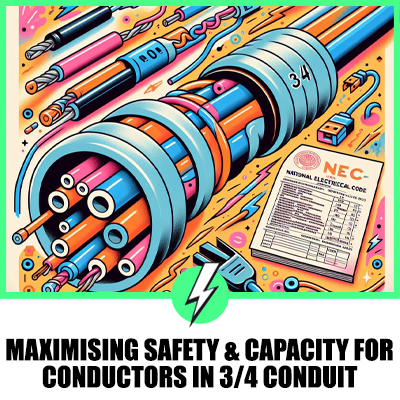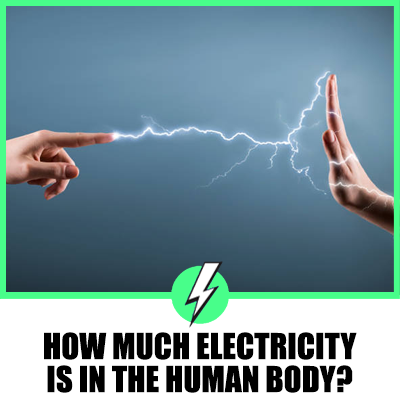What Can A Part P Electrician Do?
Do you always need an electrician to work in your home to alter your wiring? What is part P, and who needs it?
No, you don’t always need an electrician to work on the wiring in your home. There are jobs like changing light fitting within the capabilities of a DIY enthusiast. Part P is a section that forms the building regulations that ensure consistency in work carried out by tradespeople.
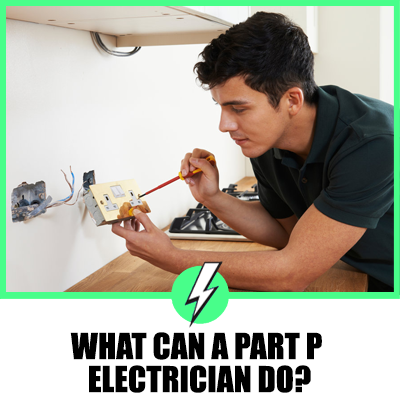
Contents
What is Part P?
Part P forms part of the building regulations that ensure consistency in work carried out in a domestic dwelling for the homeowner’s protection.
It states that an electrician or anyone carrying out work such as an electrical installation in a domestic setting must make sure the work is designed and installed to protect homeowners from fire, electric shocks, and injuries that could occur from the installation.
Part P also applies to changes to existing installations, including rewiring and wiring extensions within the dwelling.
What do part P electricians do?
The part P electrician will work in zones in your home that are termed as “notifiable” which means the work carried out is notified and registered with your local authority, i,e the council.
Once the work is notified the installation could be inspected at any time by a qualified person from the council who will then make an assessment that the work either complies or it does not.
Part of your home covered under part P include your bathroom and kitchen. Also, rewiring and extending wiring in to say an extension is also notifiable.
Is installing a consumer unit /fuse board also notifiable under Part P?
How does the electrician become part P recognised?
It’s a long process for the electrician to become accredited to be competent and be able to work as a part P electrician.
The electrician will have almost certainly completed a four-year formal apprenticeship that is industry recognised.
After attaining his qualification, the electrician will be required to work for a minimum of a further two years under the supervision of a competent electrician before he can apply for accreditation to be competent.
Being registered with a competent scheme such as NICEIC, the electrician will be considered to be able to work to a standard that is competitive within the industry.
The whole purpose of the competency scheme is to standardise work carried out by tradespeople across the land.
Once accredited, the part P electrician can sign off on his work and complete part pP installations.
Is part P mandatory?
Yes, under the law, all homeowners and landlords must give evidence that all electrical work carried out in notifiable zones in their properties has been done in compliance with part P.
It has not been done in compliance with the homeowner or landlord who has committed a criminal offence, and you can be prosecuted criminally for your actions.
In addition, the local authority can insist that the work is removed because it does not comply with building regulations.
Part P is taken seriously, and authorities will not hesitate to take action against violators of the building regulations.
What is electrical work not notifiable?
There are a lot of minor electrical works in your home that are not notifiable and can be carried out by a DIY enthusiast without too much problem.
Electrical work in the living room and bedroom is notifiable. It mainly consists of straightforward replacing light fitting or sockets that the average person can undertake without too much of a problem.
Does an electrician have to provide a certificate in the UK?
Regardless of the size of the work, big or small the electrician is required to issue the homeowner with a certificate that confirms the work carried out complies with BS7671.
All electrical work in a domestic dwelling is covered by the building regulations that stipulate what can and can’t be done.
How do I know if my electrician is Part P registered?
It’s easy to become concerned about the qualifications of tradespeople. With such strict regulations in place that could lead to criminal proceedings, it’s best to check your electrician before you give the go-ahead to start working.
You can check the electrical competency register to determine if your electrician is part P registered. It’s possible the easiest way of checking.
However, homeowners are entitled to ask to see evidence of qualifications and accreditation to part P.
How long does a Part P certificate last?
5 years. After 5 years, the electrician will be tested again to ensure they are up to speed with part P regulations and install updates.
Do all electricians have to be NICEIC registered?
No, there are other bodies, but it’s close to 80% of all qualified electricians registered with NICEIC.
There is no requirement for an electrician to register with NICEIC or any other body, but it makes life easier for the electrician if they are registered.
Many members of the public and homeowners recognise the NICEIC logo and have no idea what it means other than electricians use it.
This brand recognition is a valuable asset to an electrician when bidding for work.
Do electricians need Part P if they have the 18th edition?
If the electrician has 18th edition wiring and 2391 test and inspection certification, there is normally no problem with carrying out the work.
However, they are still not part registered and, as such, can not sign off on their own work and will have to pay a higher fee when they notify the council under notifiable work.
Do qualified electricians need Part P?
Interestingly the onus is on the homeowner or landlord to make sure the work carried out on their premises is compliant with part p of the building regulations.
This includes the hiring of a competent electrician.
Homeowners and landlords need to undertake their due diligence before deciding on what electrician to use.
